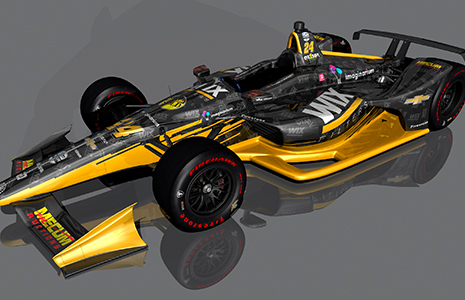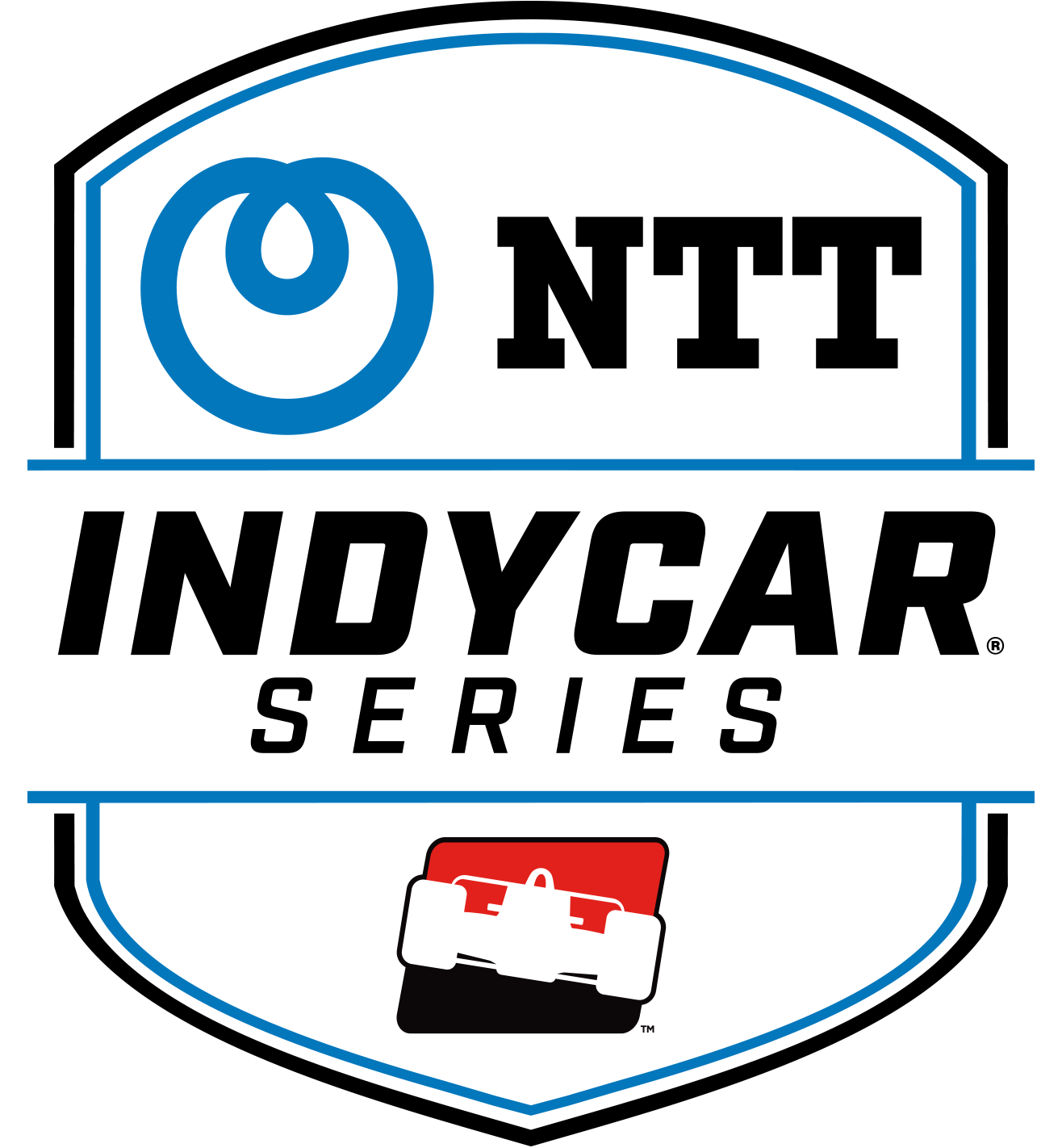Karam driving to parlay Indy 500 entry into more 2019 races
FEB 28, 2019
Sage Karam will return to Indianapolis Motor Speedway this May with the team he calls his racing family, Dreyer & Reinbold Racing, and their goal goes beyond 200 laps at the Brickyard.
Karam badly craves a strong finish in the 103rd Indianapolis 500 presented by Gainbridge on May 26 to propel him into more racing this year in the NTT IndyCar Series. He will drive for the fifth time at Indy with Dreyer & Reinbold and bid to qualify for “The Greatest Spectacle in Racing” for a sixth straight year.
Dreyer & Reinbold made the announcement official on Thursday that it was entering Karam in the No. 24 car with WIX Filters sponsorship for the Indy 500. It marks the seventh year of the relationship between team and sponsor.
 “Dreyer & Reinbold Racing and WIX Filters have formed a tremendous partnership for many years now, and we’re very excited to continue our technical relationship for another year at the legendary Indy 500 with talented young driver Sage Karam,” said Jeff Blocher, director of sales for WIX, the global manufacturer of filtration products. “Dennis Reinbold’s racing team is very experienced and always comes to the world’s biggest race with a solid chance to contend for victory.
“Dreyer & Reinbold Racing and WIX Filters have formed a tremendous partnership for many years now, and we’re very excited to continue our technical relationship for another year at the legendary Indy 500 with talented young driver Sage Karam,” said Jeff Blocher, director of sales for WIX, the global manufacturer of filtration products. “Dennis Reinbold’s racing team is very experienced and always comes to the world’s biggest race with a solid chance to contend for victory.
“Each year, Sage charges up the Indy 500 field and puts the WIX car in contention,” Blocher added, “and we look forward to another strong performance this year with the No. 24 WIX Filters race car.”
Karam hopes a strong performance at Indy is only the beginning. He says Dreyer & Reinbold would like to expand to multiple races this season and eventually a fulltime presence in the series. It operated a two-car team last year in the Indy 500 with Karam and JR Hildebrand.
“That’s been our goal, to see how we can take an Indy 500 program to the next level and maybe run a half season to full season at some point,” Karam said. “I’ve been working hard with them to see what we can do. The first line of business is always to get the Indy 500 deal done. Everything else after that is what we’re shooting for. A lot of it comes down to how we run at the speedway. For a small team, if you do see me do additional races, it would be more of the street circuits and permanent (road) circuits because the ovals are a bit higher risk.”
Karam, whose best Indy 500 result remains an impressive ninth when he was a 19-year-old rookie in 2014, knows too well what the slightest bobble at IMS can do to wreck a year’s worth of Indy car dreams.
His strong run ended last May when, on Lap 154 while making a late-race charge toward the front of the field, his No. 24 WIX Filters DRR Chevrolet wiggled in Turn 4 and slapped the wall. What followed not only was an agonizing slide down the front straight before Karam’s car came to a stop, but also another year of working and waiting for his next drive and next chance to race more than once every 12 months.
That has always been the goal, to run multiple races in a season. But racing reality for a driver like Karam, now 23, is that the next opportunity may only come when everything goes right with the last one.
“We just need some luck on our side and I think we can have a really, really good result at the speedway,” Karam said. “If we get that good result, then it can make it a lot easier for sponsors to hop back on board to do some additional races.”
Case in point: Lap 154 of the Indy 500 last year when Karam, who’d driven from his 24th starting spot into the top 10, powered toward Turn 4 just as he had all month with no hint of an issue. But this time, whether it was a gust of wind, turbulence or something else, the rear of the car lost grip. Karam caught it for a moment before he hit the wall, then skidded hopelessly down the main straight to a stop just past the yard of bricks at the start/finish line on the 2.5-mile oval.
“It’s still a mystery. We have no real idea of what actually happened,” Karam said. “It’s unfortunate because we were running so well. I honestly believe we would have been at worst third. I was running with (Scott) Dixon (who finished third) pretty much the whole race and I felt comfortable with him, and also with (Alexander) Rossi (who finished fourth). Me and Rossi seemed to be the only ones who could carve through the field at will.”
On an excessively hot day that saw six single-car crashes due to the slick and unpredictable track conditions, there were two crashes in Turn 4 just before Karam’s involving veteran drivers: Sebastien Bourdais on Lap 139 and Helio Castroneves on Lap 146.
“In the past, out of all four corners for me, Turn 4 has been pretty much the easiest,” Karam said. “For me, the hardest corner has been Turn 1. But for some reason all month, Turn 4 was the trickiest. I think a lot of it was because of the wind direction that day and it caught a lot of people out. A lot of guys hit that wall, and after that happens you never know what goes down on the track surface. It takes one little piece of carbon to pierce a tire.
“I think about two more feet of room, I would have saved it. But that’s the deal with the ovals. Any small error on an oval is a big one. You’ve got to be on top of it.”
That’s what makes the Indianapolis 500 such a challenge mentally, he said. It takes an unbroken focus and a mistake-free drive to finish high.
“When you do well at the speedway, you know you’ve had a really strong day because so many factors go into having a good day there,” Karam said. “It’s unfortunate that things went the way they did. It took us out of the race, which stinks because being a one-off Indy effort, if things don’t go your way, you’ve got to wait a whole year. I put a lot of pressure on myself to perform because that’s the only time I get to show what I have. It is more pressure for me to get going there, but the team always does well there and it’s unfortunate how it all played out.”
This May, Karam and Dreyer & Reinbold Racing will return to finish what they couldn’t last year. And, they hope, to race more than once in 2019.






















